
Birgit Nilsson sent a newspaper clipping to Beverly Sills once of a review of another singer being unfavorable compared to Bubbles in her own repertoire. Nilsson wrote on the clipping, “We always get our best reviews when we don’t sing”.
The other way to secure near unanimous praise in absentia is to be dead. For even those of us who were hypercritical during the career’s progress (he said shielding his face from shame) will fall on a new release of something rare and heretofore unheard like a large monetary bequeathment from a rich auntie. When that rich auntie happens to be Jessye Norman it’s safe to start chilling the champagne in anticipation.
We have two reasons for celebrating Ms. Norman and the first is a release on the BBC / London Philharmonic Orchestra label of a Richard Strauss concert that took place in the Southbank Centre’s Royal Festival Hall led by Klaus Tennstedt on the 4th of May 1986. Mama was hot that night. Trust me.
She opens the evening with essentially the B-side of her 1982 “Vier Letzte Lieder” recording with Kurt Mazur with only the omission of “Morgen” and the order of the orchestral songs rearranged.
Ms. Norman was 41 years old and safely in what could be judged the beginning of her mature prime. To prove it she opens with “Cäcilie.” Darlings, you don’t just open with “Cäcilie.” I’ve sung “Cäcilie” and, believe me, you save it for the end of the evening when you have your feet planted firmly and your wits well about you.
She plows through it like a warrior princess with mountains of breath, titanic support, and no apologies necessary. Then she nails the last phrase to the back wall of the auditorium like a boss which is hellishly difficult for mere mortals.
The upright British audience knows better than to applaud in the middle of a lieder set (I was expecting gay raptures) and she moves on to “Ruhe, meine Seele” where she sounds, appropriately or not, like Erda come from the underworld to warn Wotan of impending doom. It’s a love song I know but the low part of that voice can’t be stopped.
“Meinem Kinde” and an enchanting “Wiegenlied” follow on and you can hear Tennstedt working serious magic with the LPO. The pizzicato harp and strings are beautifully captured in the latter which is impressive for a recording 35 iears old even if it is digital.
Closing out the orchestral songs she almost literally destroys “Zueignung,” holding the very last note, en crescendo, for as long as Tennstedt holds the orchestra and the audience goes out of their collective minds. It’s something to hear, believe me.
I should mention her attention to the texts is sovereign. I saw an interview with her recently where she spoke of singing out to the audience so that everyone could understand what she was saying regardless of what language they spoke. She did communicate everything, in music and words, in this herculean fashion and for the most part successfully I might add. She was always at 150%.
Then Madame repairs herself backstage while the orchestra plays Strauss’s suite from “Le Bourgeois Gentilhomme” which is charming but sounds like something cobbled together from scraps of his Ariadne. (No surprise there when you know its history.)
After the break we get to the real meat of the evening and Tennstedt serves up the Philharmonic in an appetizer of the “Dance of the Seven Veils” from Salome. I’ve always appreciated his intensely clean, almost cerebra way with whatever is in front of him. I feel the reserves waiting to burst forward and he’s never sloppy. His work here is no different. The tricky percussion is especially on point and vividly captured.
I’m guessing this was one of Ms. Norman’s first associations with the Final Scene of Salome. Controversially, as I recall (because there was a bit of fat-shaming in her career), she recorded the role in 1990 with Dresden and Seiji Ozawa. Phillips held the commercial release until 1994 because 1990 was the year that Deutsche Grammophon, Sony, and Virgin Classics all recorded Strauss” one-act shocker about the Judaean Princess to varying degrees of success.
Comparing the two final scenes finds Ms. Norman, not surprisingly, fresher in London and more secure on those top B’s that she tends to muscle up to, and blanch, just a few years later. Her vocalism, however, is absolutely towering and certainly matched by the Philharmonic sawing away grandly underneath. Yet there’s not a wisp of depravity in the entire enterprise. Sadly it is also what her interpretation on the complete set lacked. Still the voluptuousness of her vocal gifts, especially in the lower quadrant of that voice, are their own reward. How I wish they had started with the sprechstimme bit over the cistern to get a running start at it.
The digital engineering on this release is stunningly clean. Orchestral details constantly delight the ear and, although the acoustic is a tad dry, you get an excellent idea of what Ms. Norman sounded like live. The London audience sits quiet as mice.
The enclosed booklet provides a brief provenance on each song and Salome itself. The texts of the songs are included in German & English but not the Final Scene. Bios as well for Maestro Tennstedt, Ms. Norman, and the London Philharmonic.
Tennstedt and Norman had a history going back to a Brahms Requiem recording on EMI in 1984 which I still enjoy. In 1987 they both would collaborate on a disc of Wagner arias for EMI that remains unequaled to my mind for breadth of phrasing and orchestral colors. Capturing her at her absolute peak in that repertoire. The Liebestod gave me gooseflesh the first time I heard it and if I was reduced to a single recording of Ms. Norman’s that would be the one.
Next we have a live Verdi Messa da Requiem from Munich, October of 1981 with Riccardo Muti leading Ms. Norman, Agnes Baltsa, Jose Carreras and Yevgeny Nesterenko (who’s first name is listed on the cover as “Jewgenij” don’t ask me how THAT transliterates from the Cyrillic!).
The booklet tells us that back in 1968 Ms. Norman won first prize in the ARD Music Competition in Munich which led to her engagement at the Berlin Opera and her eventual progress to stardom. So it was a homecoming of sorts for her. This was the 40-year old Muti’s first performance with the Bayerischen Rundfunks and he was obviously determined to make an excellent impression.
Released by the BR Klassik label in honor of Riccardo Muti’s 80th birthday, it finds the entire quartet in absolutely gala voice and Ms. Norman, somewhat surprisingly, singing the soprano line when just a year later she would move to the mezzo part in a televised concert from the Edinburgh Festival led by Claudio Abbado.
Her contribution here is fascinating in that she wasn’t really known as a Verdi singer. Studio recordings of Un Giorno di Regno and ll Corsaro aside (where she and Montserrat Caballé actually breathe the same air) she only sang a few high profile performances of Aida. It was her only operatic appearance at La Scala in April 1972 and then she opened the Hollywood Bowl’s 50th season that July in the same role. I have a Radio France relay of a performance from 1973 and she has her moments, most especially when her Amneris isn’t trying to out sing her.
In the Requiem from her first entrance you hear immediately that the center of the voice is placed extremely high. Not that she skimps on the lower portions of the part but she’s determined to reach those B’s and C’s and she does with her usual authoritative command. At fortissimo the voice can pale above the staff but it’s only during the mightier ensembles so it’s not as noticeable. Her phrasing is immaculate and singing with her usual opulent tone you never get the impression she’s managing in the slightest. Needless to say during the “Libera me” she sounds like the Lord Almighty Herself.
All four soloists come on like gangbusters from the start and for voices of such disparate quality they make a surprisingly cohesive ensemble. Carreras has his first Radames just behind him in 1981 and the voice hadn’t started to noticeably fray. He manages an ethereal “Hostias” and is an attentive partner in the ensembles. It’s a beautiful voice and perfectly suited to Verdi’s demands.
I can’t get enough of Baltsa lately and I never appreciated her enough while she was singing. Her warm, plummy, tone is a pleasure and her technique was so rock-solid. She offers excellent support here with her colleagues and most especially when duetting with Ms. Norman in the “Agnus Dei.”
Mr. Nesterenko is the only small fly in my ointment. It’s a gorgeous sound but he does far too much vowel modification to beef up the lower portion of his voice. Unfortunately making it sound a tad hollow at times. Like he’s down a well. I do give him points for a surprisingly good trill and once he’s warmed up he manages a fittingly stentorian contribution.
This is Muti’s fourth Requiem released on CD and I think it’s the strongest quartet of them all. Baltsa and Nesterenko were veterans from the studio with Muti for EMI the year prior. He’s his usual disciplinarian self when it comes to tempos, rubati, and keeping the ensembles together. Yet instead of feeling like he’s driving the performance too hard, as I sometimes do, it seems more that he’s managed to convey his sense of urgency to the entire ensemble and they’re all willing to follow. The Rundfunks Symphonieorchester and Chor play and sing with a great fervency from the start.
Oddly on the packaging there’s no tell-tale DDD anywhere I can find to say whether or not this was recorded digitally or analog. It’s certainly been remastered well enough although in a couple of the really big climaxes it feels like the singers are too hot on the microphone. That said the recording acoustic is natural and with more juice than either of his EMI releases have.
The Abbado performance mentioned above from the Edinburgh Festival has been remastered and released on Blu-ray not too long ago but was unfortunately titled the “Missa Da Requiem” which makes it challenging to find on some sites.
Meanwhile the people over at Decca / Phillips have been promising us a Jessye Norman box-set entitled “The Complete Studio Recitals” for nearly two years now and I can’t imagine what the hold up is. The box would include her studio recordings and supposedly six discs of previously unreleased material including excerpts from Tristan and Les Troyens!
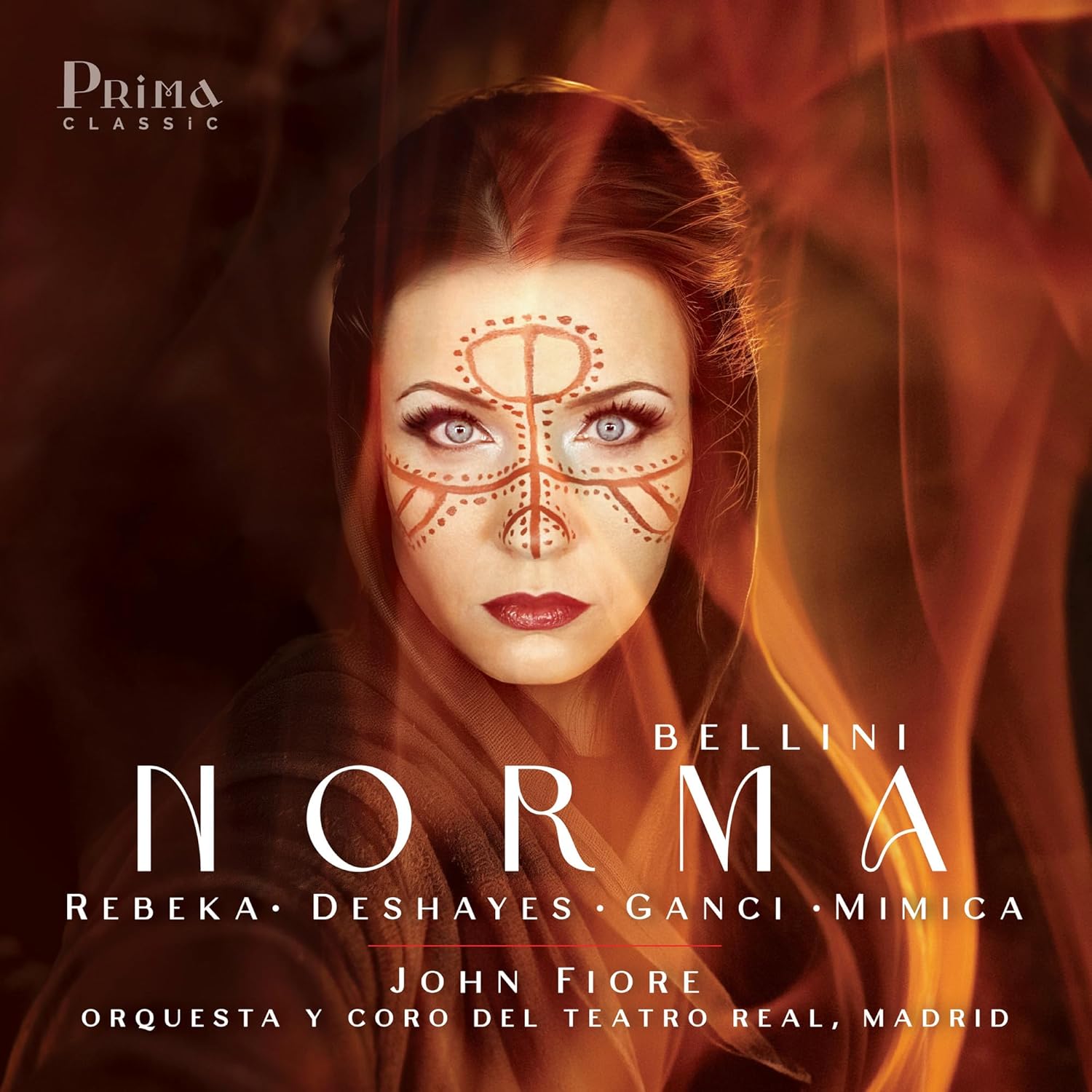
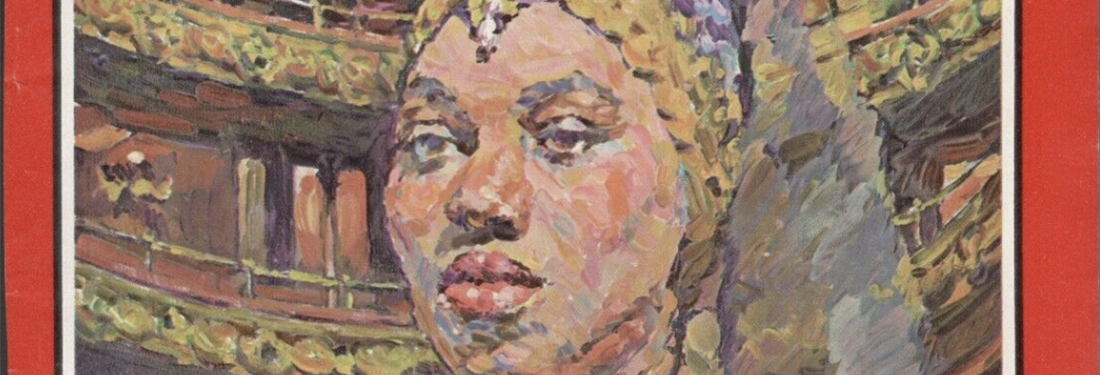
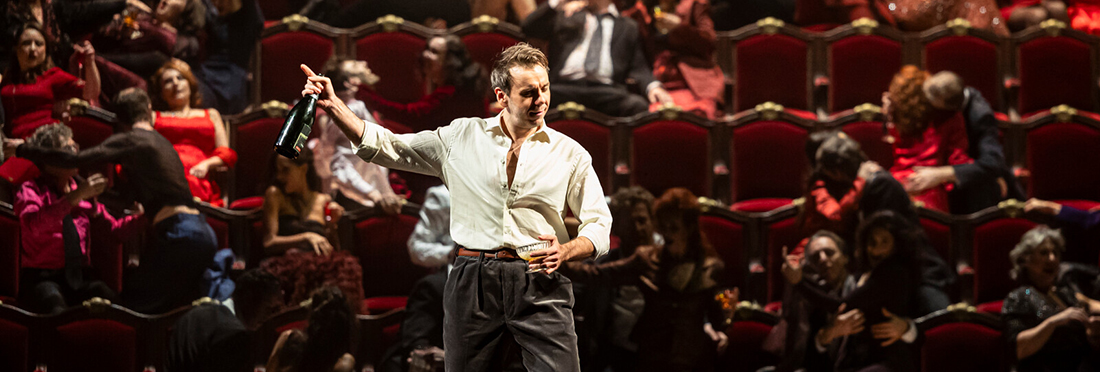
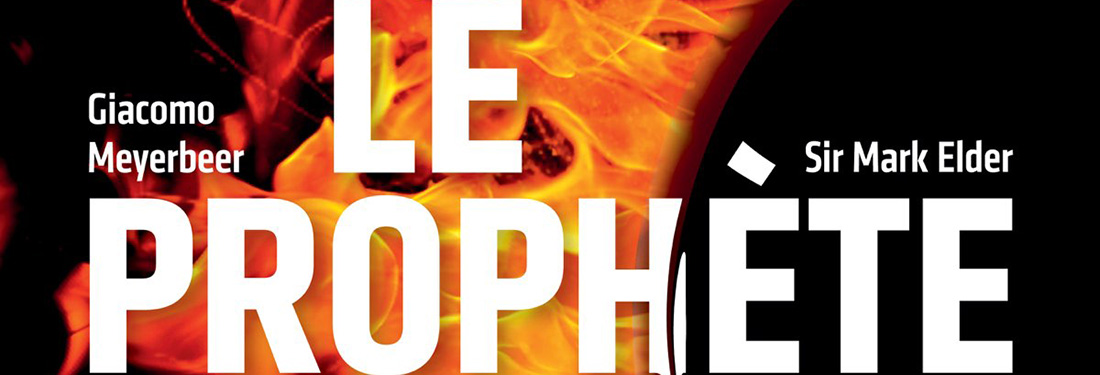
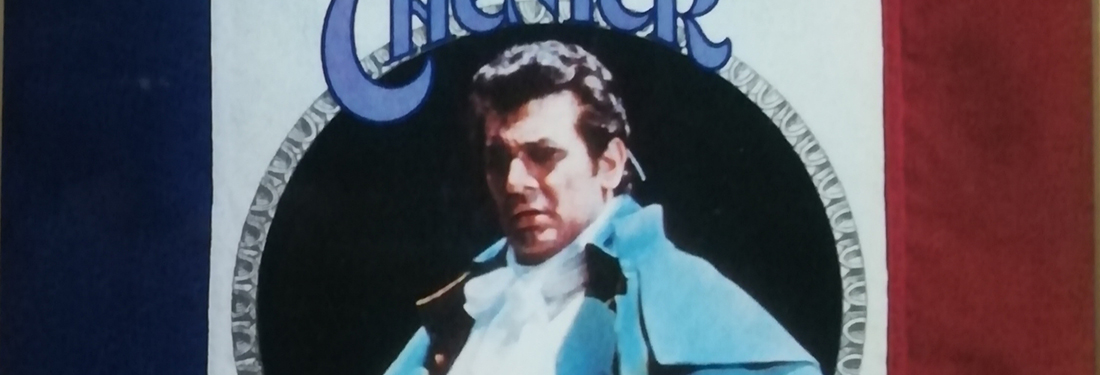
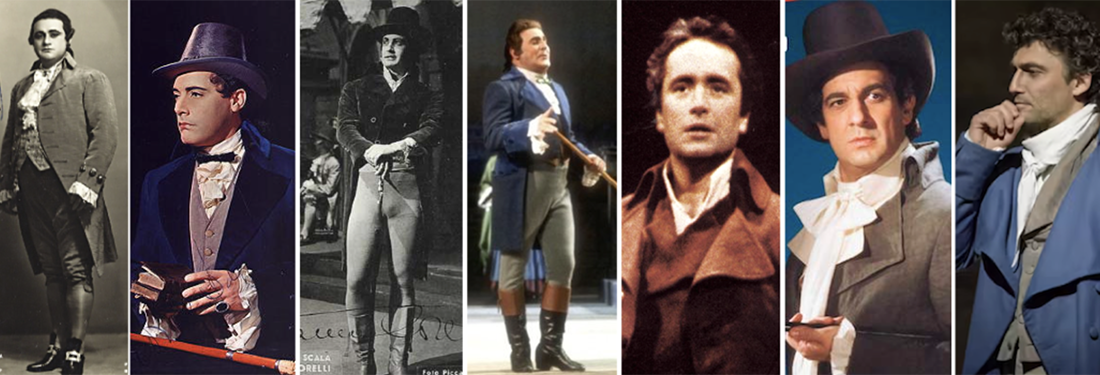
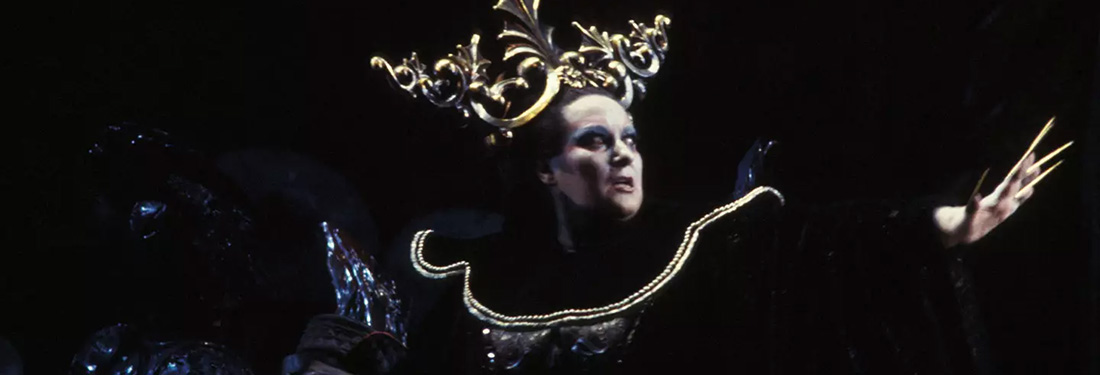
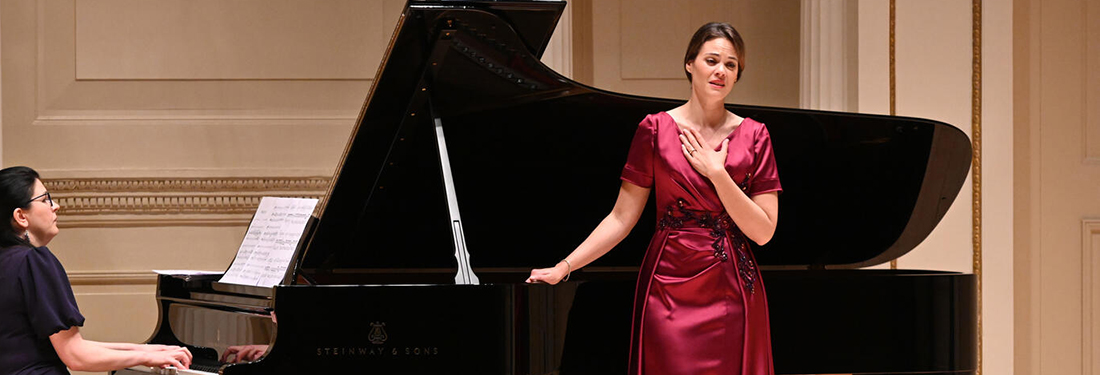
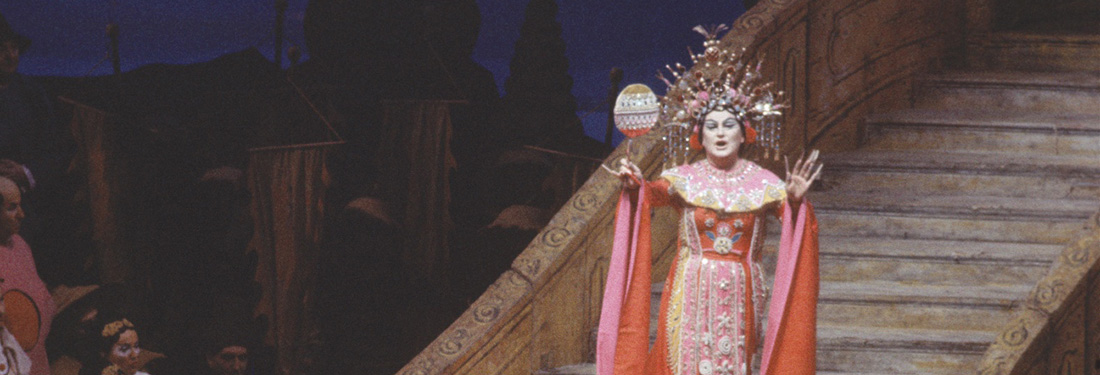
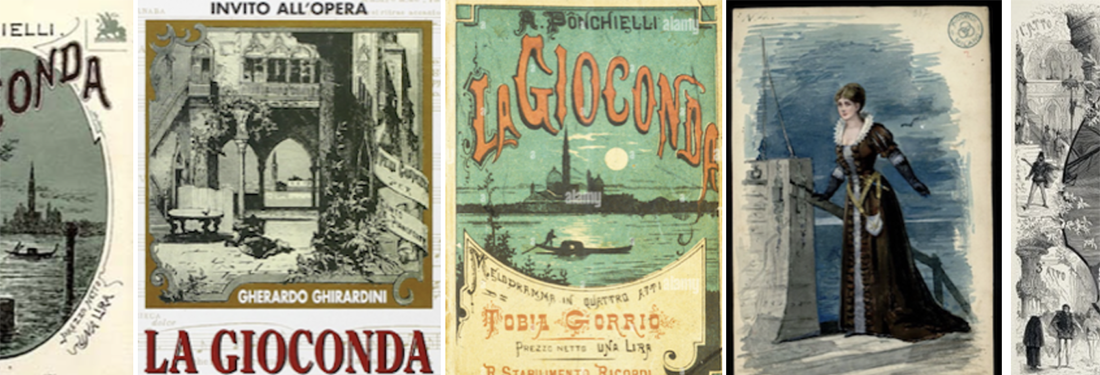
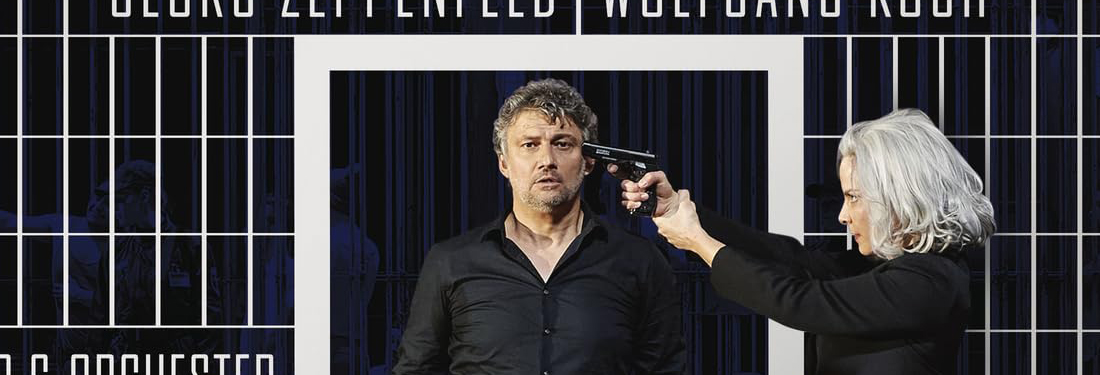
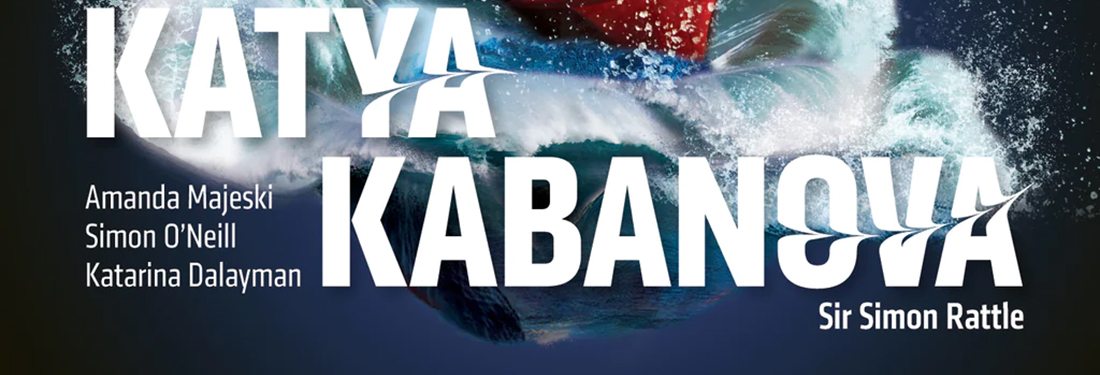

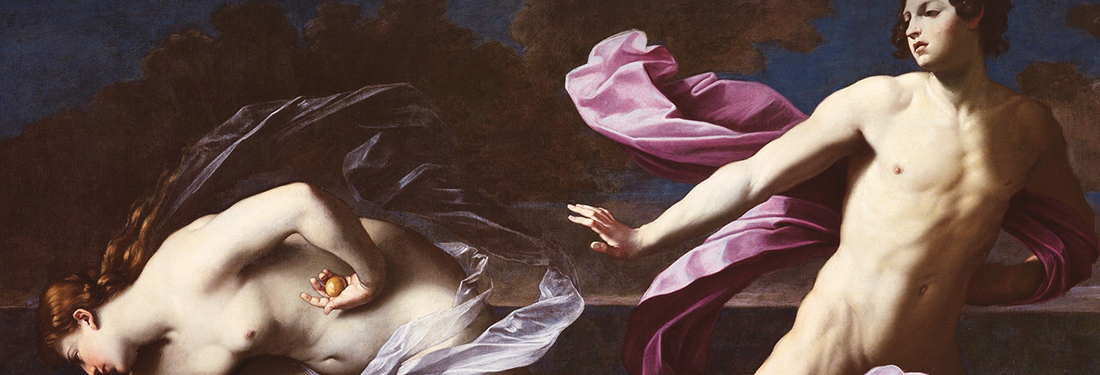
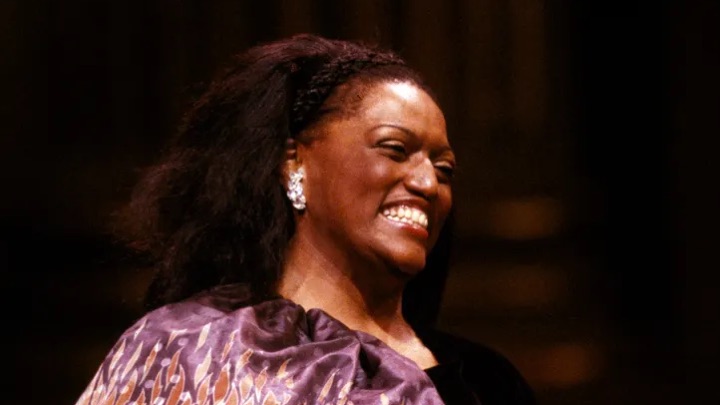
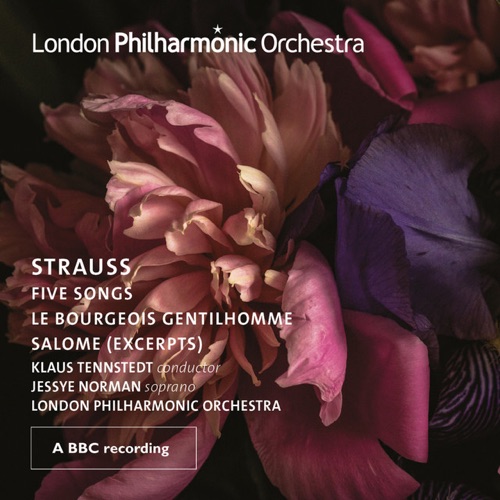
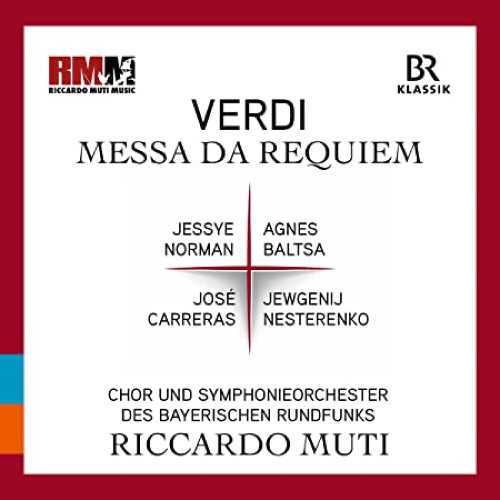
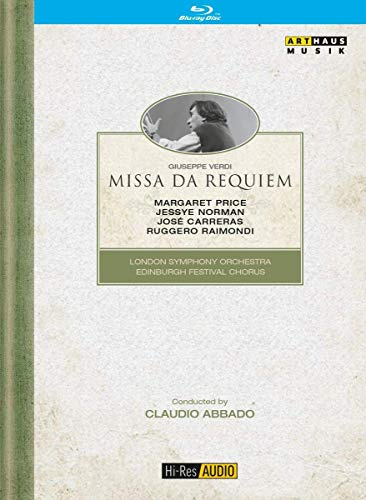






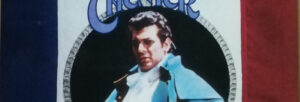




Comments